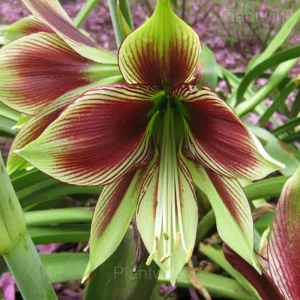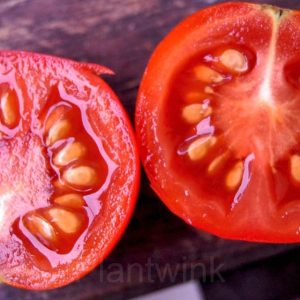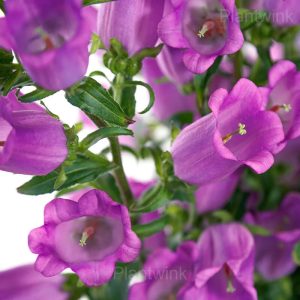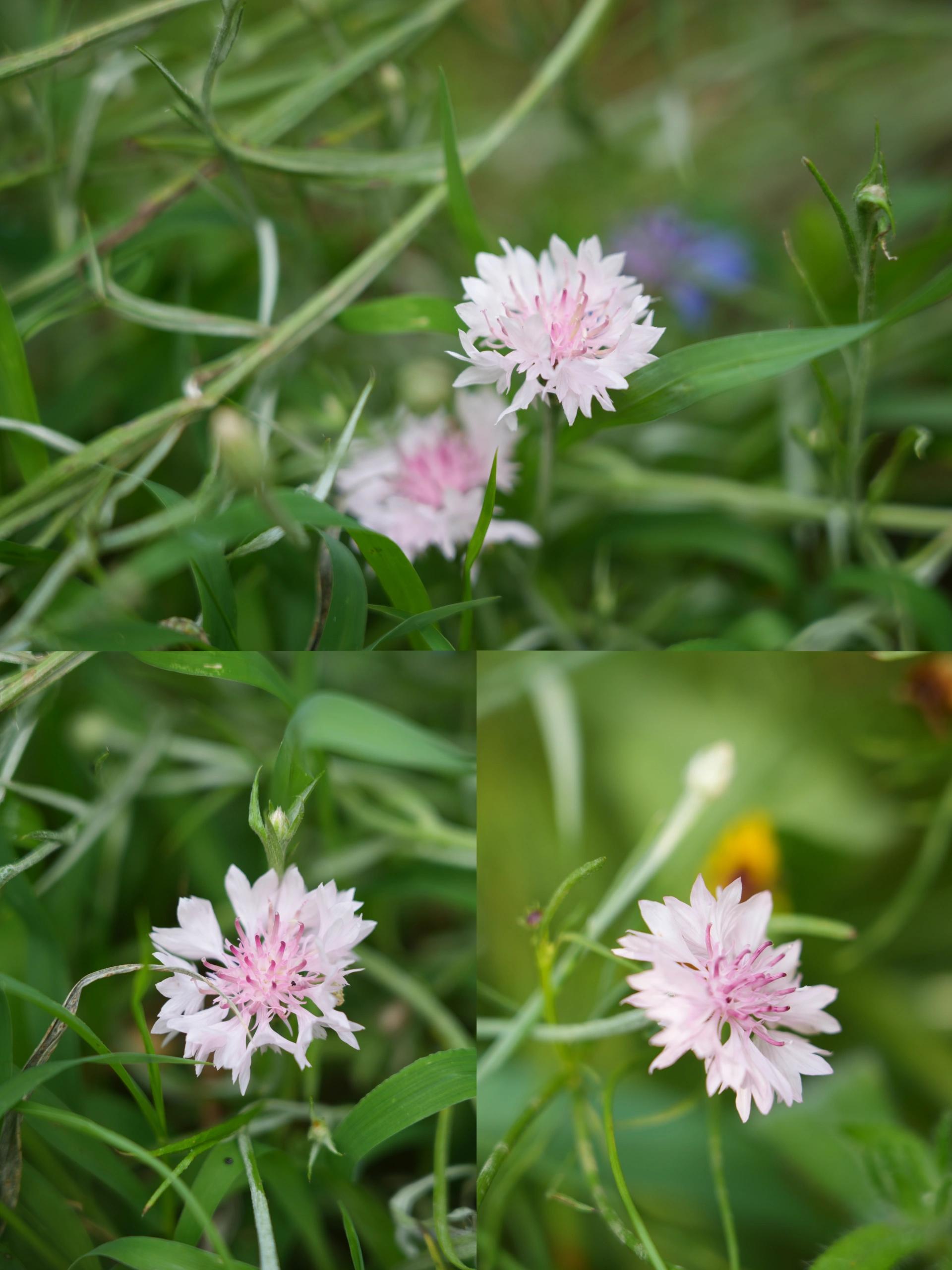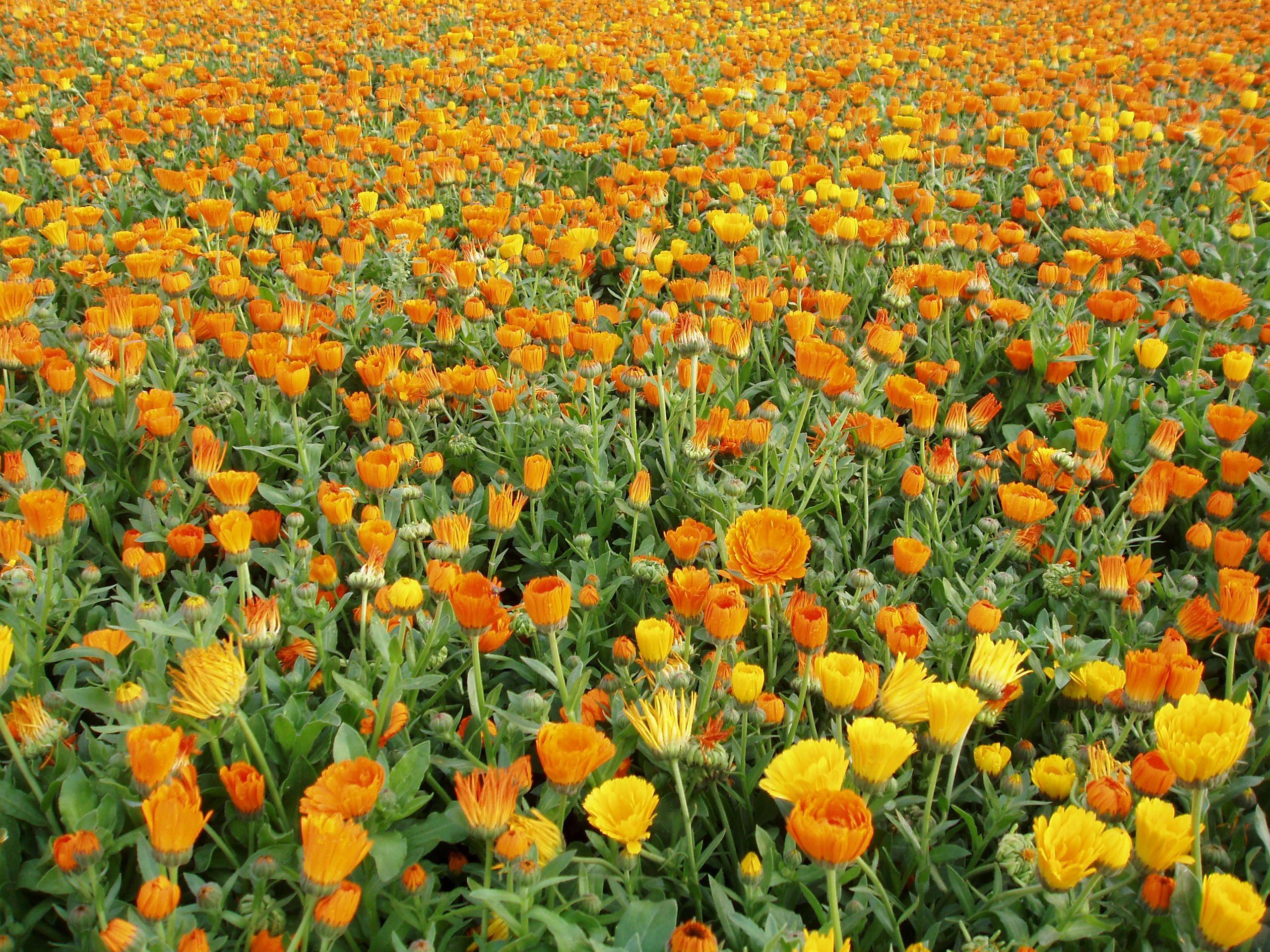Crossosomataceae is a family of flowering plants that may not be well-known, but it has an interesting story. These plants were once widely distributed across the world, but over time their range diminished and they are now limited to certain regions such as the southeastern United States and high elevations in South America. This family is also known for its unique physical characteristics, such as the ability to tolerate harsh environments like hot and dry deserts. Additionally, their flowers are often small and insignificant, yet they are incredibly hardy and can withstand extreme weather events. The survival and adaptations of Crossosomataceae have fascinated botanists and nature-lovers alike.
Picture
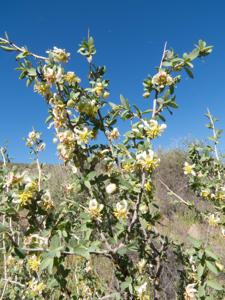
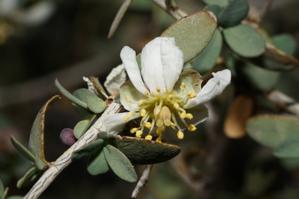
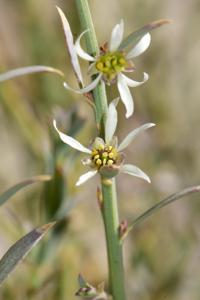
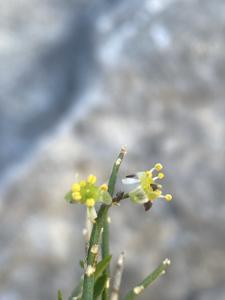
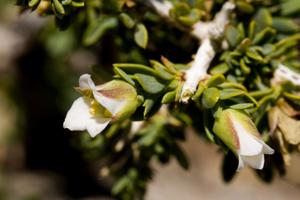
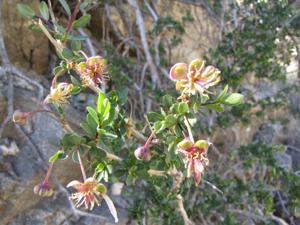
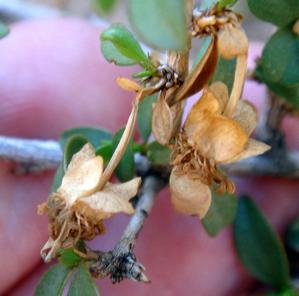
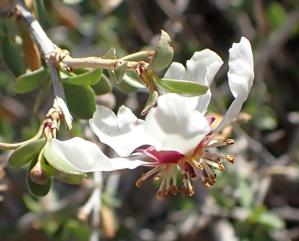
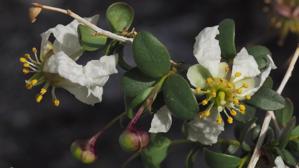
Plant some seeds now!
Short Description
Crossosomataceae is a small plant family, consisting of four genera of shrubs found only in the dry parts of the American southwest and Mexico. This family has included up to ten species in the past, although as of 2021 six species are still recognised. Crossosoma are shrub-like plants which can vary from being 50 cm to 5 meters tall, with small alternating leaves that surround the stem, or leaves clustered in small spurts (fascicles). Apacheria, however, has opposite leaves. Crossosoma has usually white flowers that are generally bisexual and have 5 petals attached to a nectary disk, but in Velascoa the flowers are campanulate and have an extremely reduced nectary disk.
